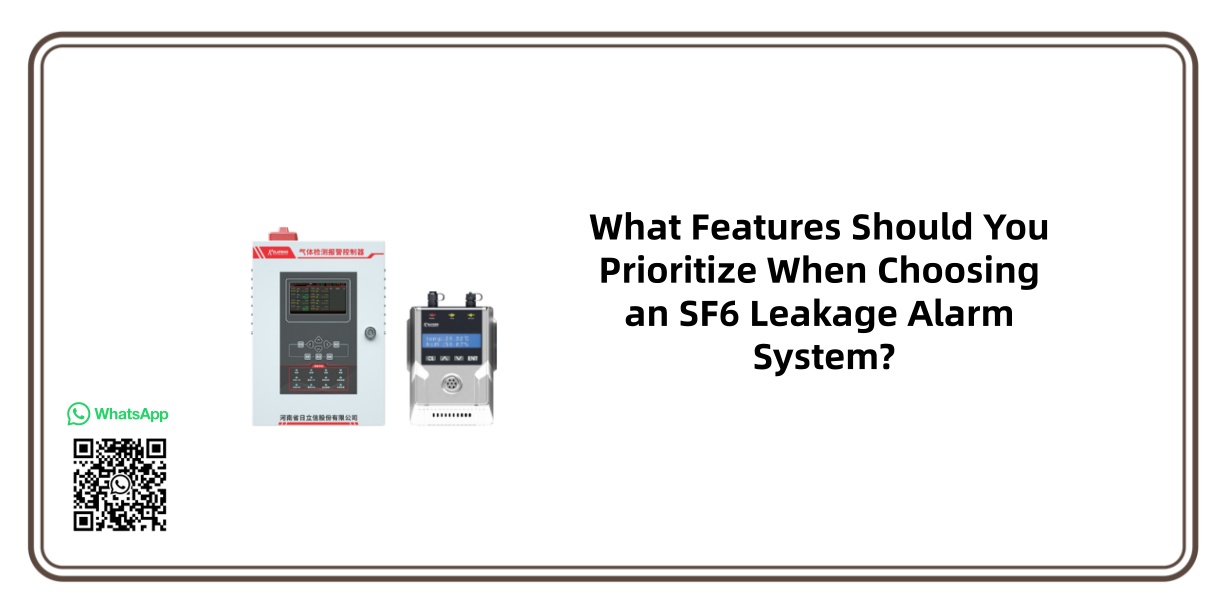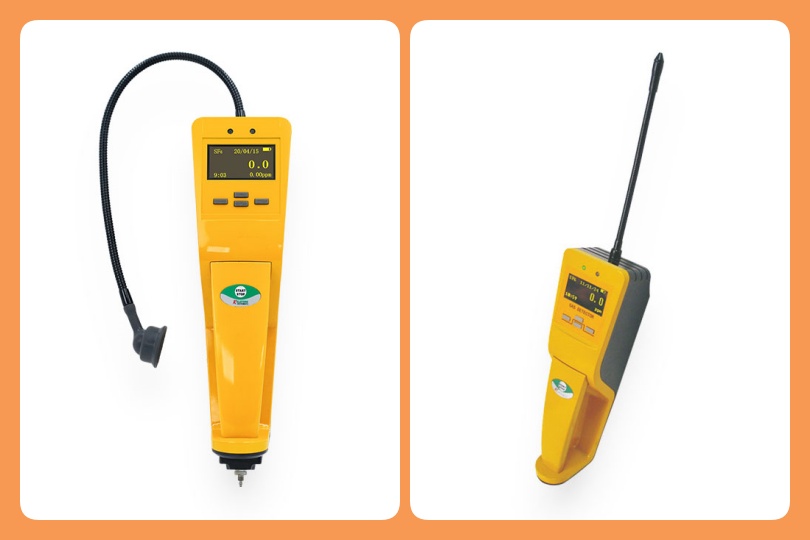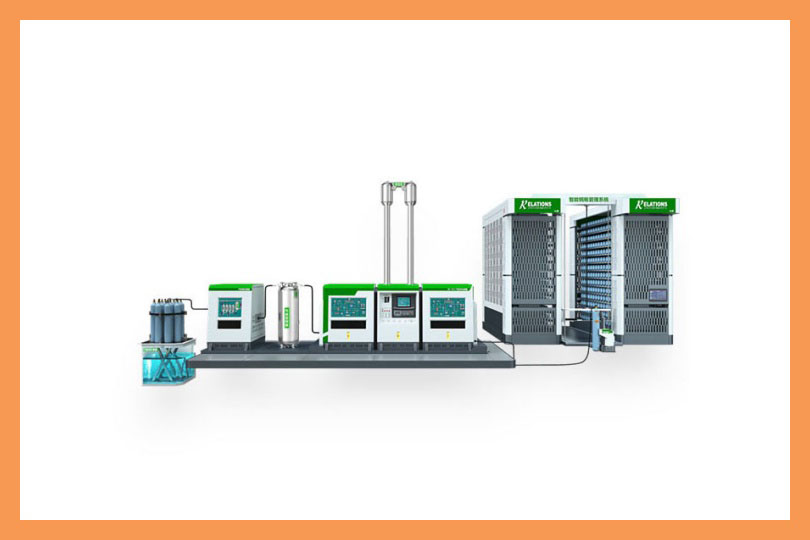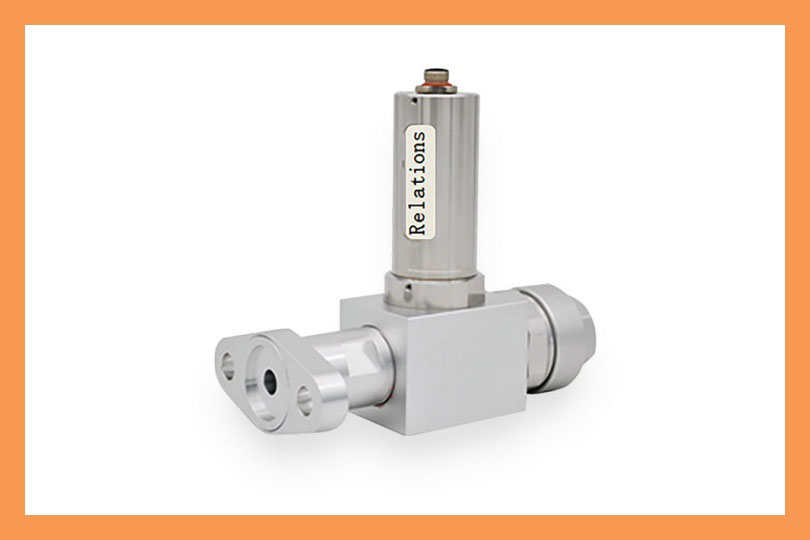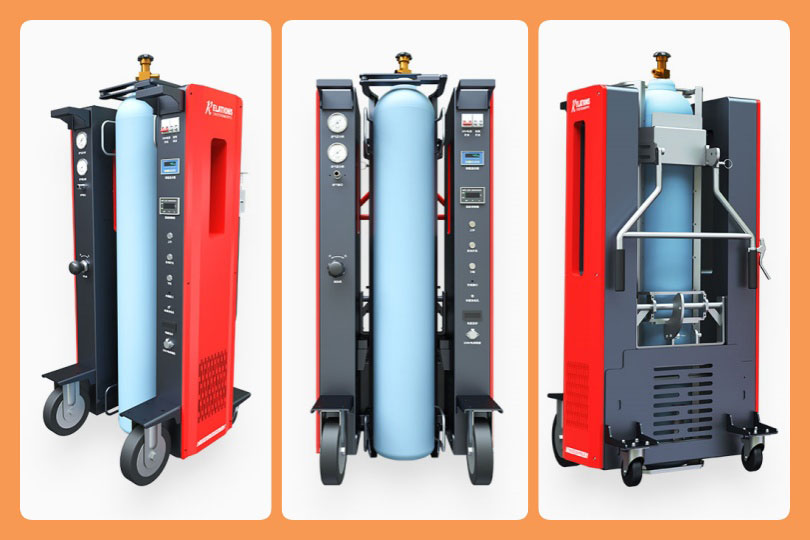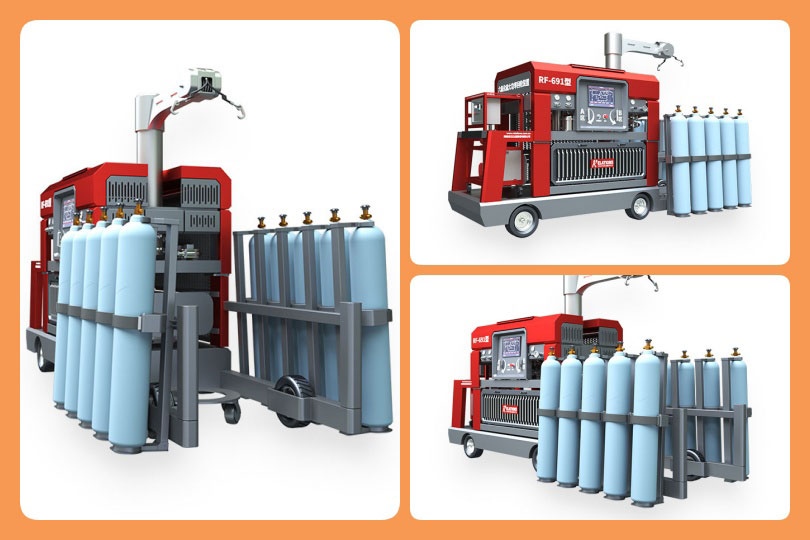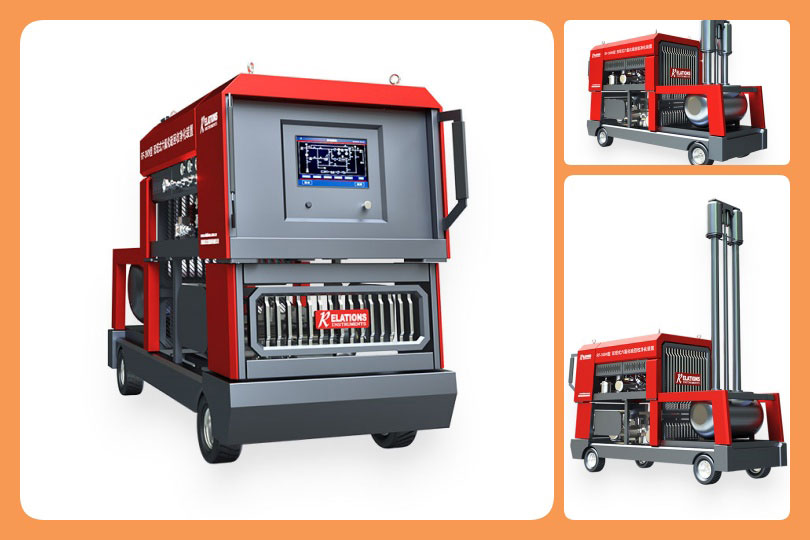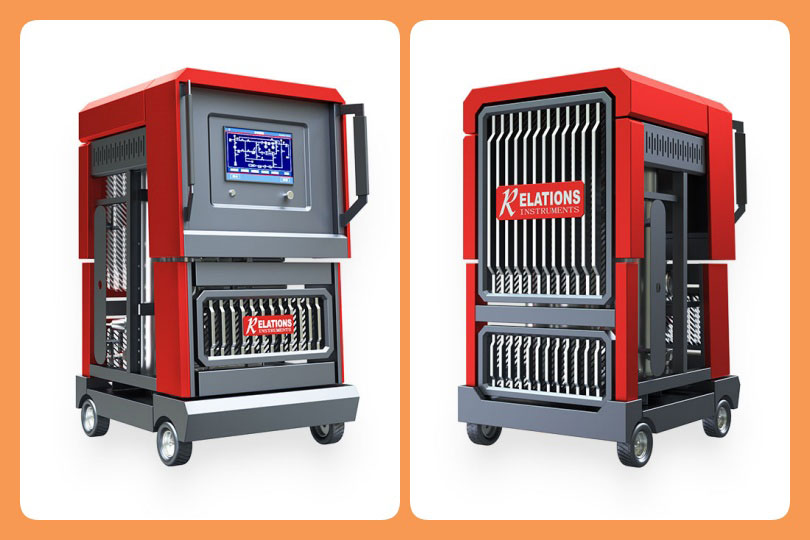What Features Should You Prioritize When Choosing an SF6 Leakage Alarm System?
Date
2025-10-11
[email protected]
Website
www.sf6gasdetector.com
Get Solutions And Quotes
What Features Should You Prioritize When Choosing an SF6 Leakage Alarm System?
SF6 (sulfur hexafluoride) is a widely used gas in high-voltage electrical equipment, thanks to its excellent insulation and arc-quenching properties. However, SF6 is a potent greenhouse gas—with a global warming potential (GWP) 23,500 times that of CO₂ over 100 years—and poses health risks to humans if inhaled in high concentrations. This is where an SF6 leakage alarm system becomes indispensable: it detects leaks early, mitigates environmental harm, protects personnel safety, and prevents equipment failure.
Why an SF6 Leakage Alarm System Is Non-Negotiable
1. Environmental Protection
Regulations worldwide (such as the EU’s F-Gas Regulation) strictly limit SF6 emissions to combat climate change. An SF6 leakage alarm system identifies even tiny leaks (as low as 0.1 ppm) before they escalate, allowing timely repairs to reduce greenhouse gas release. Without it, undetected leaks can lead to non-compliance fines and long-term environmental damage.
2. Personnel Safety
SF6 is odorless and colorless, making leaks hard to spot without tools. In confined spaces (e.g., electrical substations), accumulated SF6 can displace oxygen, causing suffocation. The SF6 leakage alarm system triggers audible/visual alerts or even automatic ventilation when concentrations exceed safe thresholds (typically 1,000 ppm for short-term exposure), safeguarding workers.
3. Equipment Reliability
SF6 leaks reduce the gas’s insulation capacity, increasing the risk of electrical arcing or equipment breakdown. A faulty high-voltage switchgear can lead to power outages, costing industries millions in downtime. The alarm system’s real-time monitoring helps maintain optimal SF6 levels, extending equipment lifespan and ensuring grid stability.
How an SF6 Leakage Alarm System Works
A typical SF6 leakage alarm system consists of four core components, working in tandem to detect and alert:
1. Detection Sensors
Sensors are the “eyes” of the system, placed near SF6-containing equipment (e.g., circuit breakers, transformers). Common types include:
Electrochemical sensors: Ideal for low-concentration detection (0–5,000 ppm) and cost-effective for most substations.
Infrared (IR) sensors: Offer high accuracy (±2% of reading) and resistance to interference from other gases (e.g., moisture, dust).
Ultrasonic sensors: Detect leak sounds (for large leaks) and work well in noisy industrial environments.
2. Data Acquisition Unit
Sensors transmit real-time concentration data to a central unit, which processes and analyzes the information. Modern systems use digital communication (e.g., Modbus, Ethernet) for fast, reliable data transfer—critical for remote monitoring.
3. Alarm & Control Module
If SF6 levels exceed preset limits, the module activates alerts:
Local alerts: Flashing lights and loud buzzers at the leak site.
Remote alerts: Notifications via SMS, email, or integration with SCADA (Supervisory Control and Data Acquisition) systems, so operators can respond from anywhere.
Automatic actions: Triggers ventilation fans or shuts down non-essential equipment to limit exposure.
4. Data Logging & Reporting
The system stores leak history (date, time, concentration) for compliance audits and maintenance planning. Many SF6 leakage alarm systems generate customizable reports, helping teams identify recurring leak points (e.g., aging gaskets) and optimize repairs.
Key Features to Consider When Choosing an SF6 Leakage Alarm System
Not all alarm systems are equal—selecting the right one depends on your facility’s needs. Prioritize these features:
1. High Detection Accuracy
Look for systems with a detection range of 0–10,000 ppm and an error margin of ≤3%. IR sensors are preferred for harsh environments (temperature -30°C to 60°C) to avoid false alarms.
2. Remote Monitoring Capability
Cloud-based or SCADA-integrated systems let you check SF6 levels via a mobile app or computer. This is essential for large substations or sites with limited on-site staff.
3. Durability & Compliance
Choose systems with IP65-rated enclosures (dustproof, waterproof) to withstand outdoor conditions. Ensure compliance with standards like IEC 61247 (for gas detection) and local environmental regulations.
4. Easy Installation & Maintenance
Plug-and-play sensors reduce installation time. Look for systems with self-diagnostic functions (e.g., low-battery alerts) and replaceable sensors (to lower long-term costs).
Maintenance Tips to Keep Your SF6 Leakage Alarm System Working
Even the best system needs regular upkeep to avoid downtime:
- Calibrate Sensors Quarterly: Use a certified SF6 calibration gas to ensure accuracy—uncalibrated sensors may miss leaks or trigger false alarms.
- Clean Sensors Monthly: Dust, oil, or moisture can block sensors. Use a soft brush or compressed air to clean them (avoid water).
- Test Alerts Monthly: Trigger a test alarm to verify that local and remote notifications work. Check ventilation fans (if connected) for proper operation.
- Update Software Annually: Manufacturers release updates to improve performance or add features—keep your system’s firmware up to date.
An SF6 leakage alarm system is more than a safety tool—it’s an investment in environmental compliance, equipment reliability, and worker protection. By understanding its importance, working principle, and selection criteria, you can choose a system that meets your facility’s needs and avoids costly risks. Whether you operate a small substation or a large power plant, prioritizing SF6 leak detection is key to sustainable and safe operations.
